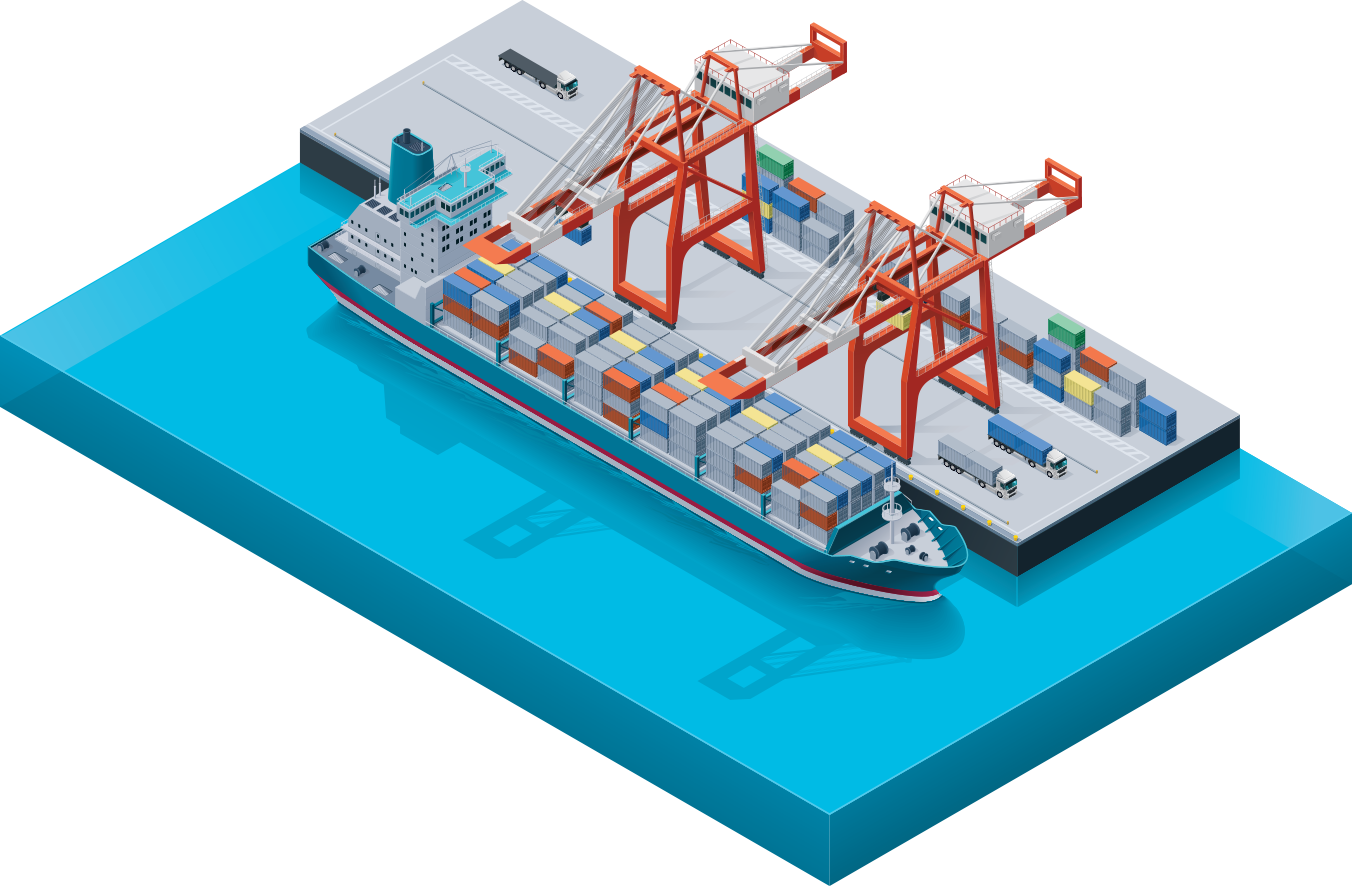MAY 2021
State of the Industry
Global container shortages are leading to shipping cost inflation worldwide

Global container shortage likely to last until 2022, with only 2-3 weeks of supply on the ground
New box production is slow due to catch-up from 2019’s low volume
Ongoing port congestion is another significant contribution to container shortages
The current ongoing box supply shortfall is contributing to shipping cost inflation. At the same time, the U.S. pandemic situation has eased to the point where retailers can pass along higher transport costs to consumers without being accused of price gouging. Overall, the cost of just about everything is rising. Generally speaking, the more profitable the market conditions for container lessors, the tighter box capacity is, and the more cargo shippers must pay liners for transport. The bad news for U.S. importers and exporters: Equipment lessors see smooth sailing ahead, likely into 2022.
Still only 2-3 weeks of supply
Three Chinese companies — CIMC, DFIC and CXIC — produce around 80% of the world’s containers. Production is up sharply, with estimates for 6%-8% growth in container capacity this year. But even so, boxes aren’t being built fast enough to ease the capacity crunch.
The price of containers is also an indication of ongoing scarcity. The price for a new container is now $3,500 per cost equivalent unit versus $1,800 per CEU in early 2020 and $2,500 per CEU in late 2020. The cost has remained roughly steady at $3,500 per CEU for the past three months.
Why new boxes are still falling short
This year’s rise in production came after a period when orders were below market replacement requirements. Much of the container production this year is to make up for low production volumes in 2019 and the first part of 2020. Factories are still playing catch-up. Additionally, Chinese factories are not expanding production capacity to keep their newbuild prices high.
Port congestion and container abandonment
Relief from container scarcity is not just about production. Many containers have been held up in port congestion and due to issues such as the Ever Given accident in the Suez Canal. Due to tight sailing schedules worldwide, ships are in such a hurry to turn around that they’re forced to leave empty containers behind when they return. It is estimated that they leave with 5%-8% fewer containers on the backhaul leg than they were on the fronthaul leg.
Inventory restocking is driving volume higher, with shipping delays ahead for U.S. importers
Volumes for Port of LA have jumped up 42% in the first four months of 2021, including higher than ever performance in April.
Inventory restocking
Ripple Effect from Sea Freight Affecting Trucking
The large surge of import demand and constrained situation aboard vessels and at ports is now causing nationwide trucking problems. With more shipments coming in via LCL and many containers stopping their trip at the coast instead of going inland, the US trucking market is seeing a gigantic influx of demand for both LTL and FTL services. This is pushing many carriers to capacity, resulting in higher charges, increased service failures, slower transit times, and decreased availability. Furthermore, as a result of the wait times congestion is causing at air and ocean terminals, some truck providers have simply advised that for the time being, they will not provide service into or out of such locations.
Contract rates up sharply
A recent presentation by Xeneta, a company that collects contract data, showed Asia-West Coast contracts being negotiated this year at around 30%-50% higher levels than last year. This makes it extremely difficult for shippers to find fixed-price contracts at this point in the season.